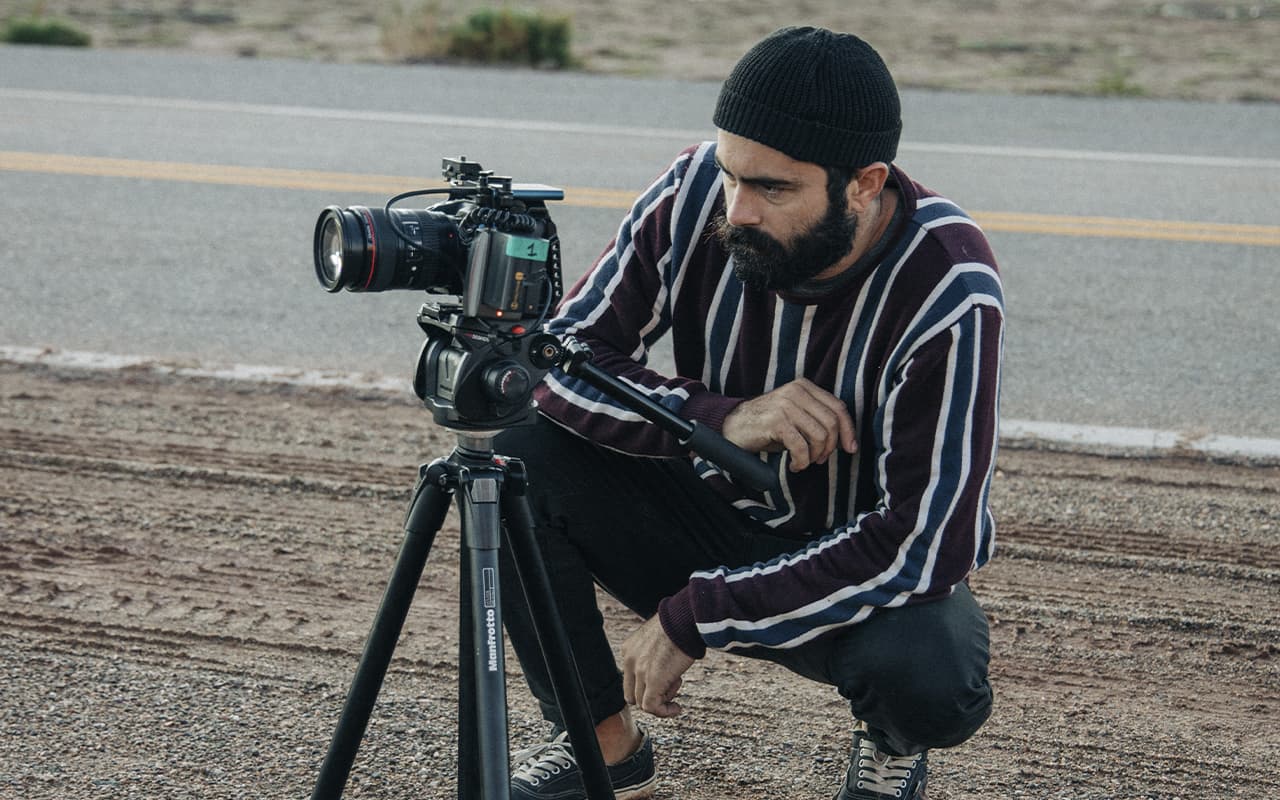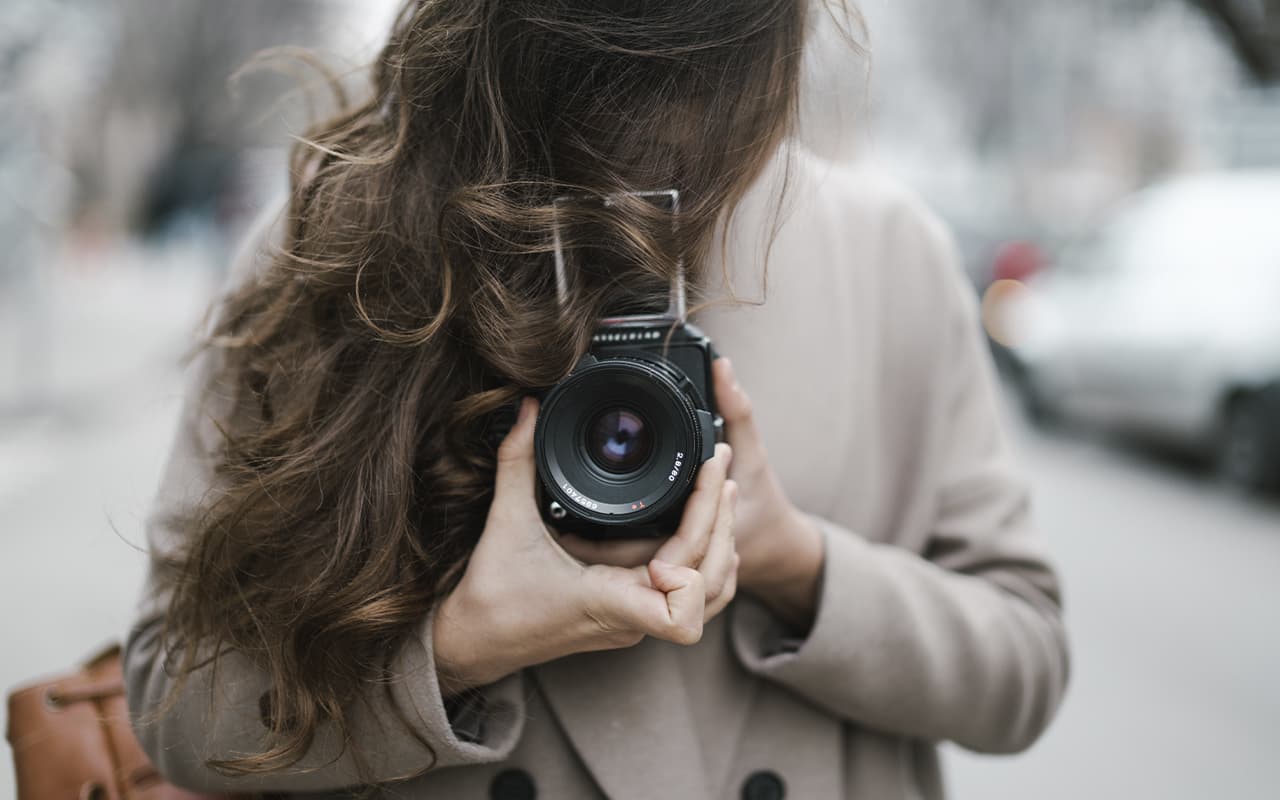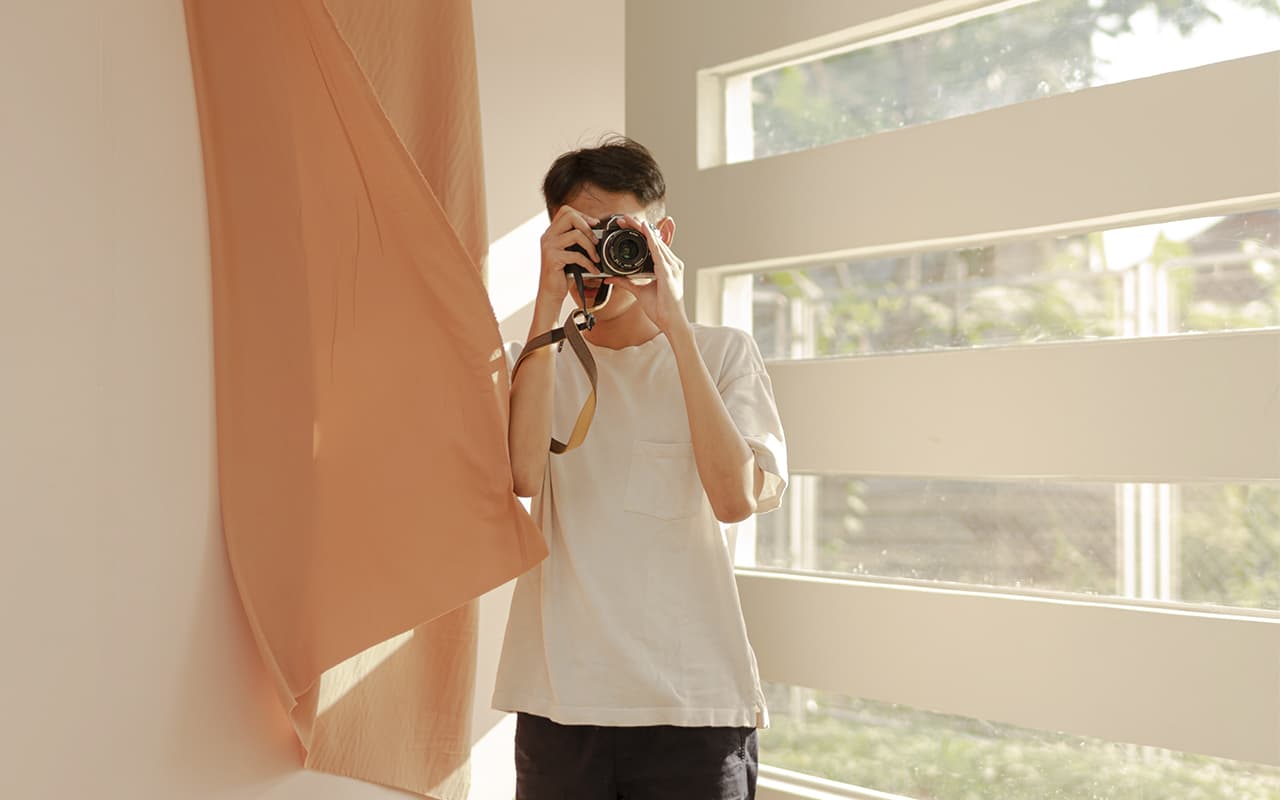Working with references
References are pictures with examples of what you are discussing with your fellow shooters. Colors and style in clothes, makeup, tonality, texture are easier to show than to describe in words. The stylist and makeup artist will be grateful if you start communicating with them by showing examples. And when the client makes a selection of photos that he likes, it is easier for you to understand whether you are on the same wavelength with him. Pinterest or moodboard services (sites for creating a selection of pictures) are most often used to create a selection of references.
Also, references are used to find inspiration.
Probably, every photographer has faced a situation when you need to shoot an object quickly, there is no time for “labor” of creative ideas, and you don’t want to publish frankly weak pictures. This is especially true in subject photography (at least for me). Pinterest can help you. See what interesting things have already been shot on your subject and don’t be shy. In my opinion, it’s better to build on someone else’s idea than to shoot something you don’t like. But here you need to realize that in commercial filming, blatant plagiarism can lead to conflict with the copyright holder.
There’s nothing wrong with plagiarism at the learning stage – it’s a great way to develop. When you replicate an interesting solution, questions like “how did you do that?”, “how did you get the flare to be that shape?” and so on arise during the shoot. Finding answers to such questions increases your skills. In addition, you may get your own ideas based on what you see. In commercial photography, of course, it is always better to use original ideas.
Intentionality
Looking at beautiful images makes sense not only when preparing for a shoot. I believe that for a photographer it is a mandatory daily exercise. The more interesting creative solutions you see, the more likely your mind on set will create an interesting shot. As Ansel Adams said, “You don’t make a photograph with just a camera. You bring all the pictures you’ve seen, the books you’ve read, the music you’ve heard, the people you’ve loved into the shooting process.”
Watch movies like a photographer, paying attention to light, color correction, and composition. Create yourself a feed, such as Instagram, of photographers whose work you follow. It’s better if they are people from other countries. Not because they shoot better there, we also know how to shoot, but because through the distance we get information about the best ones. Well, and, of course, study the works of world classics. Any musician knows composers, a good engineer knows famous designers, and a good photographer knows leaders in his field.
Cultural level – the ability to allusions
The higher your cultural level – the more quotes and allusions you can use in your work. When you do this – the viewer becomes interested in solving your shot like a crossword puzzle. The ability to work in this way is valued more than simple “straightforward” images in both art and commercial photography.
Critical thinking or the ability to see through the eyes of the viewer
As a rule, the picture we take is a logical extension of our thoughts. For example, on the seashore we smell the smell, hear the sound of the surf, we have the whole panorama we have seen and absorbed drawn in our minds. Life is beautiful. On the right “blaze” fiery clouds colored by sunset light, on the left the disk of the sun goes behind a cloud. Of course, in the 21st century, we want to urgently share these feelings on Instagram. We take out our phone and make a “masterpiece”. We, however, did not take into account that the camera of our phone has a wide angle of view, and the sun looks small, the dynamic range is also small and in the foreground instead of a beautiful textured rock shapeless dark spot.
The ideology of love for details and striving for maximum quality level
The neater the frame looks, the more pleasant and interesting it is for the viewer. By neatness I don’t mean rows of something lined up, but the absence of visual garbage. Notice every detail in the frame and try to remove all the unnecessary. Frames come out more interesting in those who sincerely enjoy the process of creating a picture in which every little thing in its place. It is important for a photographer to accept the maximum level of quality as a life ideology. I think it is unlikely that you can be a slob at home and always come to a shoot with charged spare batteries and keep a close eye on everything that happens in the frame. To make it work, you need to “catch” the individual pleasure of having everything done right, no matter what you do.



